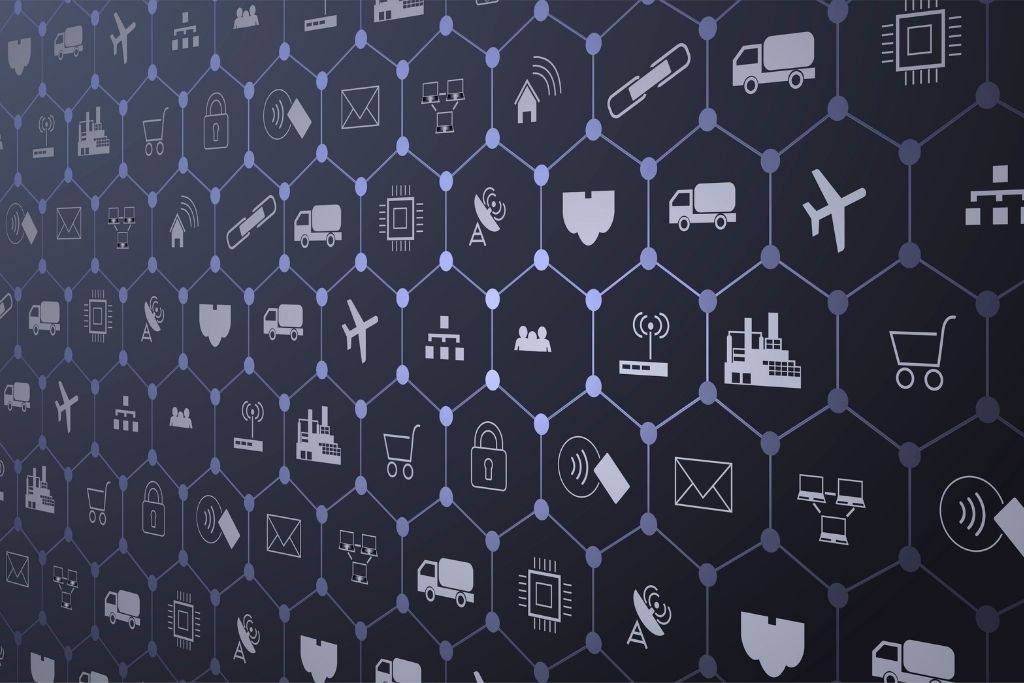
Cellular communication is the most common IoT communication protocol. This is because cellular communication devices are the most readily available. As such, cellular communication solutions will be much easier to integrate and deploy. To start, you can go to the nearest mobile phone or electronics store to find your cell-enabled device.
Cellular communication devices are also known for their low power consumption. This can be an added advantage if you are looking for a low-power solution that can be used to monitor a device.
The ability to choose from different cellular communication technologies can also benefit your project. For instance, there are 4G LTE modules, which are known for their faster data speeds. There are also 5G modules, which are still in the development stage but are expected to have much faster data speeds.
But one major disadvantage of cellular communication is that cellular communication may have worse latency compared to other IoT communication protocols. This can make this not the best option for critical applications, such as monitoring and controlling autonomous vehicles.
Bluetooth is known as the most popular IoT communication protocol in the consumer market. This is because of its low cost, its simple design, and its ability to communicate with several devices within a small distance.
Most smartphones are Bluetooth enabled, and that’s why Bluetooth is generally used in consumer IoT products.
But Bluetooth is not suited for critical applications because it is a low-cost solution that is not error-tolerant. This can make it susceptible to hiccups and are not highly secure, which makes it an unsuitable option for use in certain industrial applications.
Zigbee is a higher-performance option that is more optimised for IoT applications. It was designed to be a low-power solution, and it uses the IEEE 802.15.4 communication protocol.
While it is designed for low-power, Zigbee is still a very secure solution, which makes it a good option for use in critical applications. But one disadvantage of Zigbee is that its range is usually limited to tens of metres.
So if you are looking for a cellular communication protocol that can communicate with several devices in a large area, Zigbee is not the best option.
Wi-Fi is the best option for high-speed applications. Wi-Fi is available in most consumer devices, and it is also the preferred option for many industrial applications.
But Wi-Fi can be more expensive compared to other IoT communication protocols.
The biggest advantage of Wi-Fi is that it has high performance, which makes it a good choice for high-speed applications. It is also easier to integrate and deploy, which makes it a good option for commercial and industrial applications, where you can require several devices to communicate at fast data speeds.
Choosing the right IoT communication protocol depends on your project, but it is best to consider the application, the amount you are willing to invest, and the power consumption of each option.
©2023 Ultravioletsim
Terms
Privacy